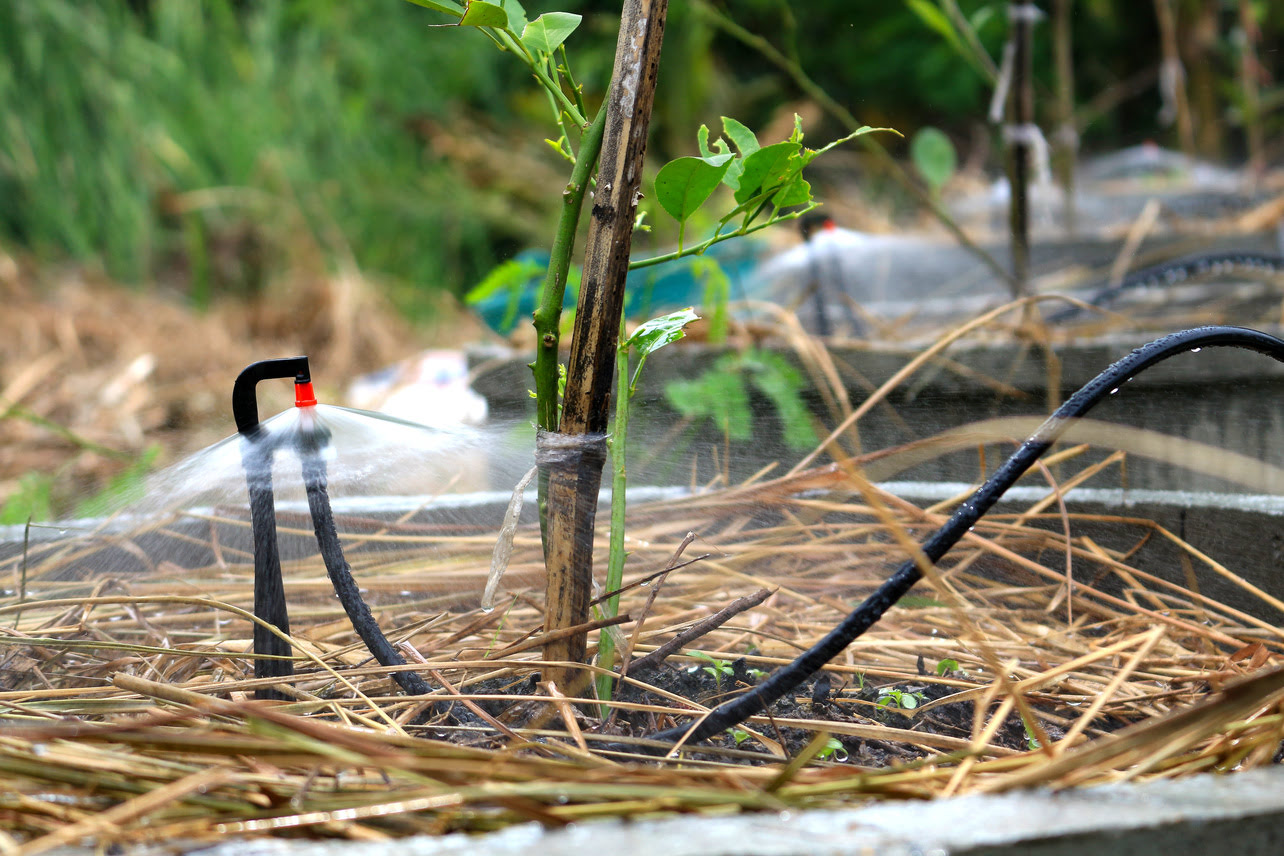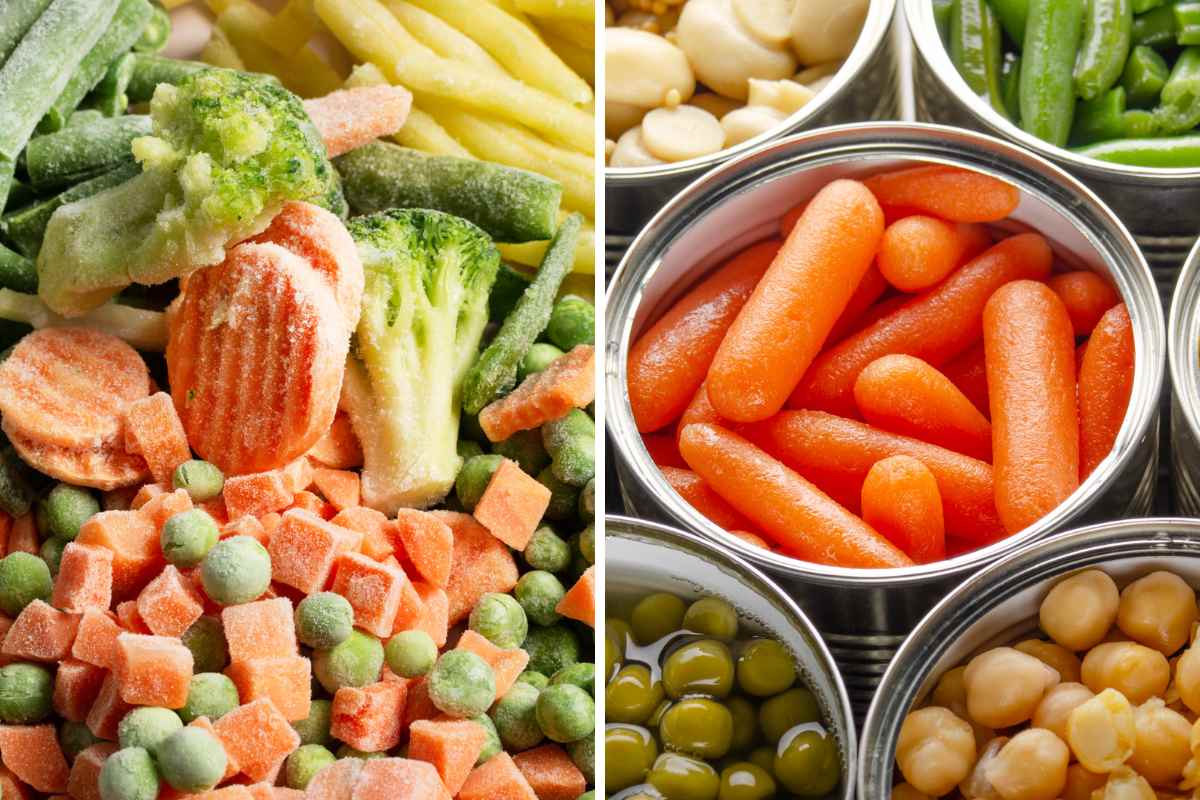Home>Gardening News and Trends>Gardening Trends>What Is Better: Hydroponics, Aquaponics, Or Aeroponics?


Gardening Trends
What Is Better: Hydroponics, Aquaponics, Or Aeroponics?
Modified: January 22, 2024
Discover the latest gardening trends and find out which method - hydroponics, aquaponics, or aeroponics - is better for your needs. Explore the pros and cons of each to make an informed decision.
(Many of the links in this article redirect to a specific reviewed product. Your purchase of these products through affiliate links helps to generate commission for Chicagolandgardening.com, at no extra cost. Learn more)
Table of Contents
**
Introduction
**
Gardening has evolved significantly over the years, with innovative techniques such as hydroponics, aquaponics, and aeroponics gaining popularity among enthusiasts and commercial growers. These methods offer sustainable alternatives to traditional soil-based cultivation, presenting unique advantages and considerations for aspiring gardeners. As we delve into the realm of soilless gardening, it's essential to understand the fundamental principles, benefits, and intricacies of hydroponics, aquaponics, and aeroponics. By exploring the distinctive features of each approach, individuals can make informed decisions based on their specific needs and preferences. Whether you're a seasoned horticulturist or a novice enthusiast, the exploration of these modern gardening trends is sure to inspire and inform your green endeavors.
The rise of soilless cultivation techniques reflects a growing awareness of environmental sustainability and resource efficiency within the gardening community. As traditional soil-based agriculture faces challenges related to land scarcity, water conservation, and nutrient management, innovative approaches have emerged to address these concerns. Hydroponics, aquaponics, and aeroponics represent pioneering methods that harness technology and natural processes to cultivate a wide array of plants, from leafy greens and herbs to vibrant fruits and vegetables. By embracing these alternative gardening practices, individuals can embark on a rewarding journey that harmonizes with nature while yielding bountiful harvests.
Furthermore, the adoption of soilless gardening techniques transcends the boundaries of traditional outdoor cultivation, offering viable solutions for urban settings, limited spaces, and climatic constraints. Whether implemented in home gardens, urban farms, or commercial greenhouses, hydroponics, aquaponics, and aeroponics empower individuals to cultivate fresh produce year-round, regardless of geographical limitations. This accessibility to sustainable gardening methods not only promotes self-sufficiency and healthy living but also fosters a deeper connection with the natural world.
As we navigate through the intricacies of hydroponics, aquaponics, and aeroponics, it becomes evident that each approach embodies distinct characteristics that cater to diverse needs and preferences. From the efficient nutrient delivery of hydroponic systems to the symbiotic harmony of aquaponics and the precise misting of aeroponic setups, these methods offer unique pathways to successful cultivation. By unraveling the intricacies of each technique, individuals can gain a comprehensive understanding of their functionalities, benefits, and potential challenges. This knowledge serves as a guiding light for those seeking to embark on a soilless gardening journey, enabling them to make well-informed decisions aligned with their gardening aspirations and environmental ethos.
Hydroponics
Hydroponics, derived from the Greek words “hydro” (water) and “ponos” (labor), represents a revolutionary approach to cultivating plants without soil. In hydroponic systems, plants receive essential nutrients through a carefully balanced water-based solution, eliminating the need for traditional soil mediums. This method harnesses the power of water as a carrier for vital nutrients, allowing plants to thrive in a controlled environment that optimizes growth and resource efficiency.
One of the key advantages of hydroponic gardening lies in its ability to conserve water. Unlike conventional soil-based cultivation, hydroponic systems recirculate water, minimizing wastage and promoting sustainable resource management. This water-efficient approach not only addresses environmental concerns but also offers practical benefits for regions facing water scarcity, making it an attractive option for arid climates and water-stressed areas.
Furthermore, hydroponic setups enable precise control over nutrient delivery, ensuring that plants receive essential elements in optimal concentrations. By fine-tuning the nutrient solution, growers can tailor the growing environment to meet the specific needs of different plant species, resulting in accelerated growth rates and enhanced yields. This level of customization empowers horticulturists to create ideal conditions for plant development, fostering robust root systems and vigorous vegetative growth.
Hydroponic gardening also lends itself well to diverse settings, from home-based setups to large-scale commercial operations. The versatility of hydroponic systems allows for vertical farming, rooftop gardens, and indoor cultivation, making it a viable solution for urban agriculture and space-limited environments. This adaptability paves the way for year-round production and localized food sourcing, contributing to food security and community resilience.
While the benefits of hydroponics are substantial, it’s important to acknowledge the potential challenges associated with this method. Maintaining the proper balance of nutrients, pH levels, and oxygenation within the nutrient solution requires diligent monitoring and adjustment. Additionally, the initial investment in infrastructure and equipment may pose a barrier for some individuals. However, with careful planning and a commitment to learning, the rewards of hydroponic gardening in terms of sustainability, productivity, and innovation are well worth the dedication.
Aquaponics
As an ingenious fusion of aquaculture and hydroponics, aquaponics embodies a harmonious ecosystem where fish and plants coexist in a mutually beneficial relationship. In aquaponic systems, the waste produced by aquatic organisms, such as fish, serves as a nutrient source for hydroponically grown plants. Through a natural process, beneficial bacteria convert the ammonia-rich fish waste into nitrates, which are then absorbed by the plants as vital nutrients. This symbiotic exchange creates a closed-loop system that exemplifies sustainable and efficient food production.
One of the defining features of aquaponics is its emphasis on resource conservation and ecological balance. By integrating fish rearing with plant cultivation, this method maximizes the utilization of nutrients and water, resulting in significantly reduced waste and environmental impact. The synergy between aquatic life and plant growth fosters a self-sustaining ecosystem where each component contributes to the overall productivity and well-being of the system.
Furthermore, aquaponic systems offer a compelling solution for individuals seeking to cultivate both fresh produce and protein sources in a compact and integrated environment. The ability to raise fish alongside vegetables and herbs not only diversifies the range of harvestable products but also promotes a holistic approach to sustainable agriculture. This multifaceted yield aligns with the principles of self-sufficiency and organic living, making aquaponics an attractive option for eco-conscious gardeners and small-scale farmers.
In addition to its environmental benefits, aquaponics presents educational and recreational opportunities, particularly for schools and community initiatives. The captivating interplay between aquatic life and plant growth serves as a valuable educational tool, offering insights into ecological processes, biology, and food production. By engaging in aquaponic projects, students and enthusiasts can gain a deeper appreciation for the interconnectedness of natural systems while honing their practical skills in gardening and aquaculture.
While aquaponics offers a holistic approach to sustainable food production, it requires careful consideration of the specific requirements of both fish and plants within the system. Balancing the needs of aquatic species with those of hydroponically cultivated crops demands attentiveness to water quality, temperature regulation, and overall system dynamics. Additionally, newcomers to aquaponics may encounter a learning curve as they familiarize themselves with the intricacies of maintaining a thriving aquatic and plant ecosystem. However, the potential for a bountiful and ecologically sound harvest makes the journey of mastering aquaponics a fulfilling and worthwhile endeavor.
Aeroponics
Aeroponics represents a cutting-edge approach to plant cultivation that harnesses the power of air and a nutrient-rich mist to foster robust growth and efficient resource utilization. In aeroponic systems, plants are suspended in a chamber where their roots are intermittently exposed to a fine mist containing water and essential nutrients. This method capitalizes on the plant’s natural ability to absorb nutrients through the air, creating an optimal environment for vigorous root development and accelerated growth.
One of the primary advantages of aeroponics lies in its ability to deliver nutrients directly to the roots in a highly oxygenated and moisture-rich environment. By misting the root zone at regular intervals, aeroponic systems promote rapid nutrient uptake and enhanced oxygenation, leading to the development of dense and healthy root structures. This efficient nutrient delivery mechanism contributes to accelerated plant growth and higher yields, making aeroponics an attractive option for maximizing productivity in a controlled environment.
Furthermore, aeroponic cultivation minimizes water consumption by utilizing a closed-loop system that recirculates the nutrient solution. This water-efficient approach not only addresses environmental concerns but also offers practical benefits for regions facing water scarcity and drought conditions. The precise delivery of nutrients in a mist form ensures minimal wastage, making aeroponics an eco-friendly and sustainable alternative to traditional soil-based agriculture.
The versatility of aeroponic systems extends to various settings, from home-based vertical gardens to commercial greenhouse operations. The compact and adaptable nature of aeroponics makes it well-suited for urban agriculture, research facilities, and space-limited environments, where efficient land use and high-density cultivation are paramount. This scalability and flexibility empower individuals to explore innovative growing methods while maximizing the potential for year-round harvests.
While aeroponics offers compelling advantages in terms of resource efficiency and accelerated plant growth, it requires meticulous attention to system maintenance and operation. The precise calibration of misting intervals, nutrient concentrations, and environmental parameters is essential for ensuring optimal plant health and productivity. Additionally, the initial investment in aeroponic infrastructure and technology may present a barrier for some individuals. However, the potential for high yields, reduced water usage, and space-efficient cultivation positions aeroponics as a forward-thinking and impactful approach to modern agriculture.
Conclusion
As we reflect on the dynamic landscape of modern gardening trends, encompassing hydroponics, aquaponics, and aeroponics, it becomes evident that each method offers unique pathways to sustainable and innovative cultivation. These soilless techniques have transcended traditional agricultural practices, ushering in a new era of resource-efficient, space-conscious, and environmentally conscious gardening.
Hydroponics, with its water-based nutrient delivery and customizable growing environments, presents a compelling solution for water conservation, urban agriculture, and year-round production. The precise control over plant nutrition and growth parameters empowers individuals to cultivate a diverse array of crops while minimizing environmental impact.
Similarly, aquaponics embodies a holistic approach to food production, integrating fish rearing with plant cultivation in a symbiotic ecosystem. This method not only maximizes resource utilization and waste reduction but also offers educational and nutritional benefits, making it an attractive option for sustainable farming initiatives and community-based projects.
On the other hand, aeroponics leverages misting technology to deliver nutrients directly to plant roots, promoting accelerated growth and efficient resource management. Its adaptability to diverse settings and minimal water usage positions aeroponics as a forward-thinking solution for high-density cultivation and environmentally conscious agriculture.
As individuals embark on their soilless gardening journey, whether in the confines of urban spaces, educational institutions, or commercial enterprises, the exploration of hydroponics, aquaponics, and aeroponics serves as a testament to human ingenuity and environmental stewardship. By embracing these innovative methods, gardeners and growers can contribute to a more sustainable and resilient food system while reaping the rewards of fresh, nutrient-rich harvests.
In essence, the realm of soilless gardening transcends mere cultivation; it embodies a harmonious partnership between technology, nature, and human ingenuity. As we look towards the future of agriculture, the principles and practices exemplified by hydroponics, aquaponics, and aeroponics pave the way for a greener, more abundant tomorrow.




